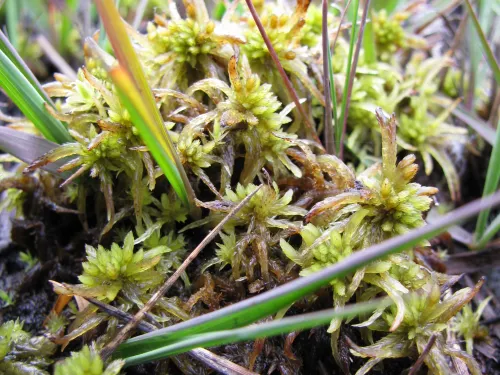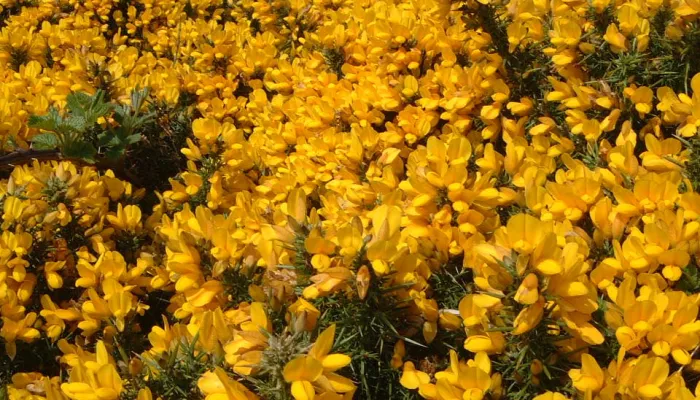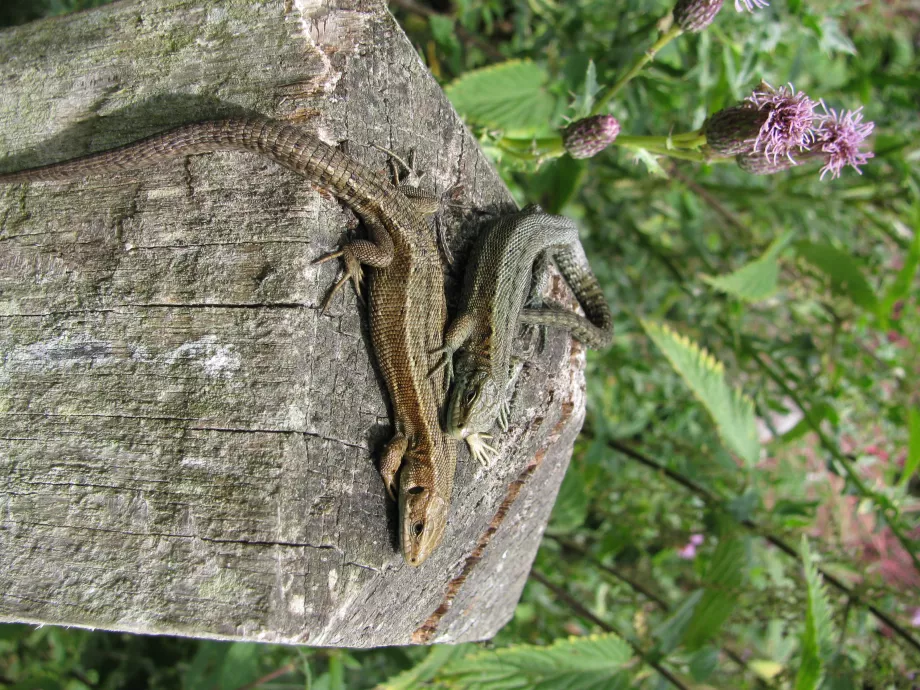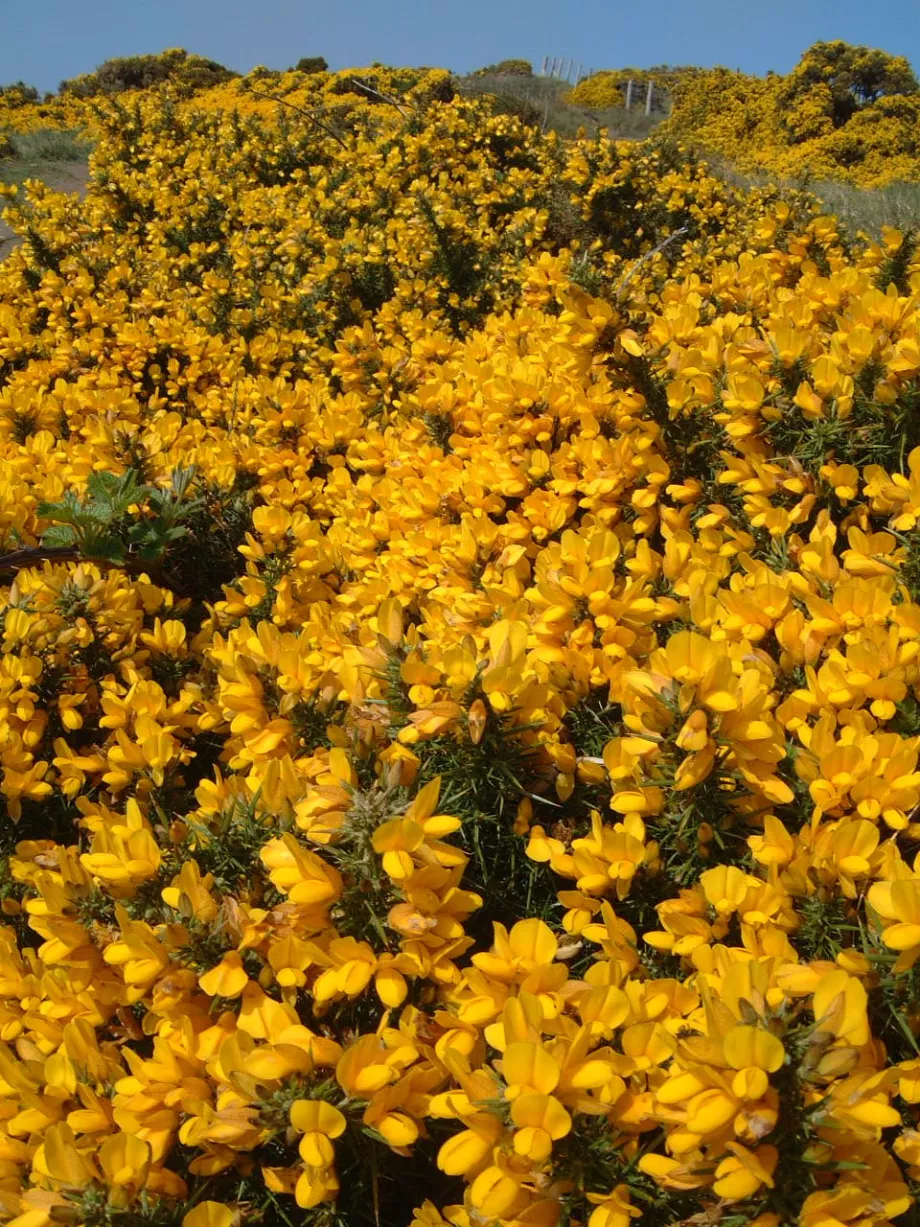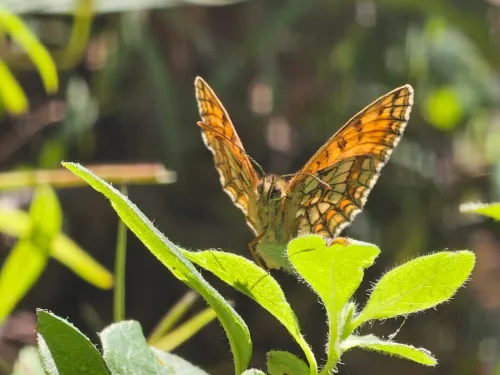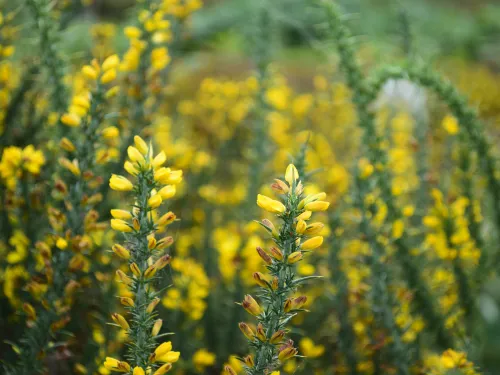Fungi might be called ‘primitive’ plants but are all fine-tuned to the conditions of their habitats, and all occupy a particular niche in their food chain. With no chlorophyll to make food through photosynthesis, it’s the permanent and large underground network of mycelia (the thread-like part of the fungus) that make food - energy - by breaking down living or dead organic matter. This is a vital part of the natural process of decay and regeneration.
Do take away photos and memories, but please leave all the fungi for others to enjoy and for the organisms exclusively dependent on fungi for food and habitat. Area Manager, Ian Rickards, reports that the Oyster fungi beetle is severely threatened, primarily due to its food source (oyster fungi) being over collected. That affects whatever feeds on the oyster fungi beetle higher up the food chain, and so on. Everything is interlinked. Leaving them alone also avoids the dilemma of which are edible and which poisonous. Instead, have fun trying a grow-your-own kit.
A note from Area Manager, Ian Rickards:
Everyone is welcome to visit Hothfield Heathlands but please remember this is first and foremost a haven for wildlife.
Please keep dogs close to you at all times, and do not let your dog run and play off the paths and through the areas of heather and gorse. Breeding and feeding birds are seriously impacted by this disturbance, causing them to abandon nests or preventing them from collecting the food they need.
Make sure anything you bring with you leaves the reserve with you. Remove litter, dog mess and place all dog bags in the bins.
Hothfield Heathlands is one of the best spots for wildlife in the county, with your help we can keep it that way.
For more information visit our Hothfield Heathlands nature reserve page.
